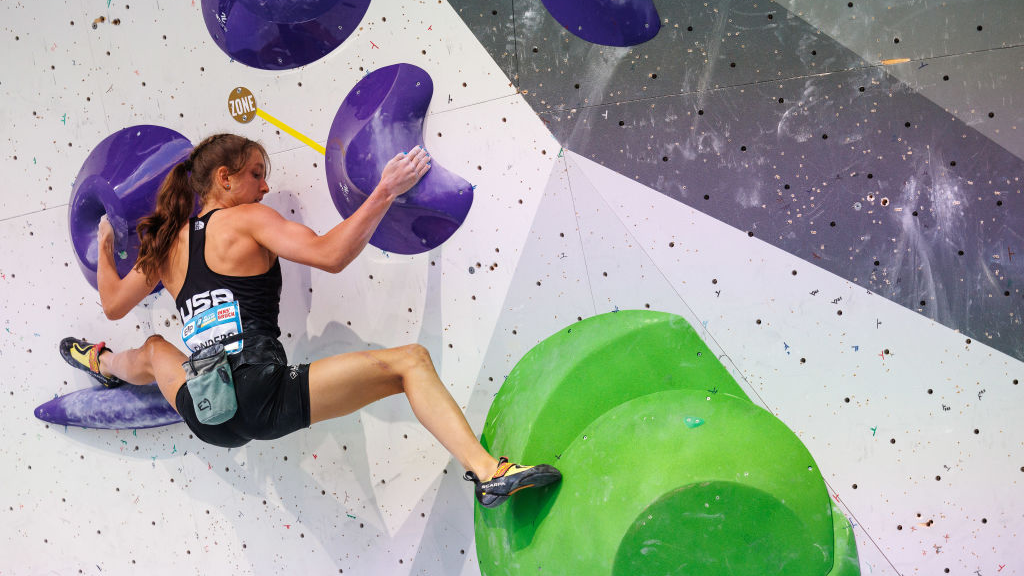What is bootpacking? And when and why you might use it for ski touring
A guide to the backcountry skiing technique and some tips on how to bootpack safely
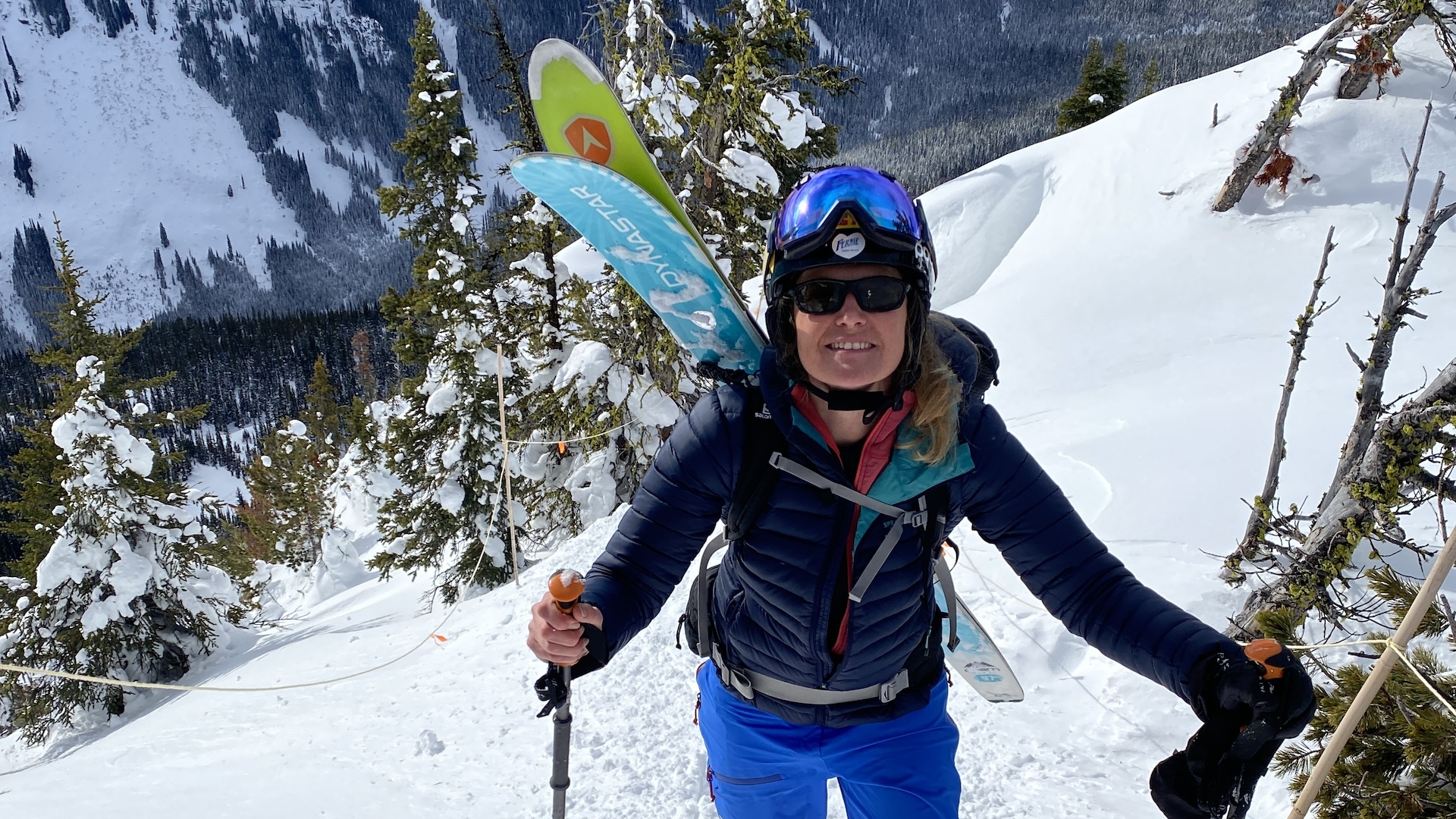
Backcountry ski tourers need to use a range of skills and techniques to make the most of their activity and that includes being able to ski uphill using skins and cross-county ski poles, and then descend on off-piste terrain. In some situations, skiers might also bootpack.
But simply, bootpacking is the art of hiking up a steep slope with skis over your shoulder or strapped to your ski pack.
The times when you might need to bootpack occur when, for example, you have skinned uphill as far as you can on skis and then you reach a steeper section that you can't ski up so you then remove your skis and walk – bootpack – the rest of the way.
Narrow couloirs, sharp ridges and steep cols are typical terrain features that might require you to bootpack.
Some people might argue that bootpacking is simply walking but many backcountry skiers like to use the lingo.
As you might have noted, bootpacking is not a beginner-friendly backcountry skiing technique and is reserved for expert skiers, who also know how to read and avoid avalanche-prone terrain.
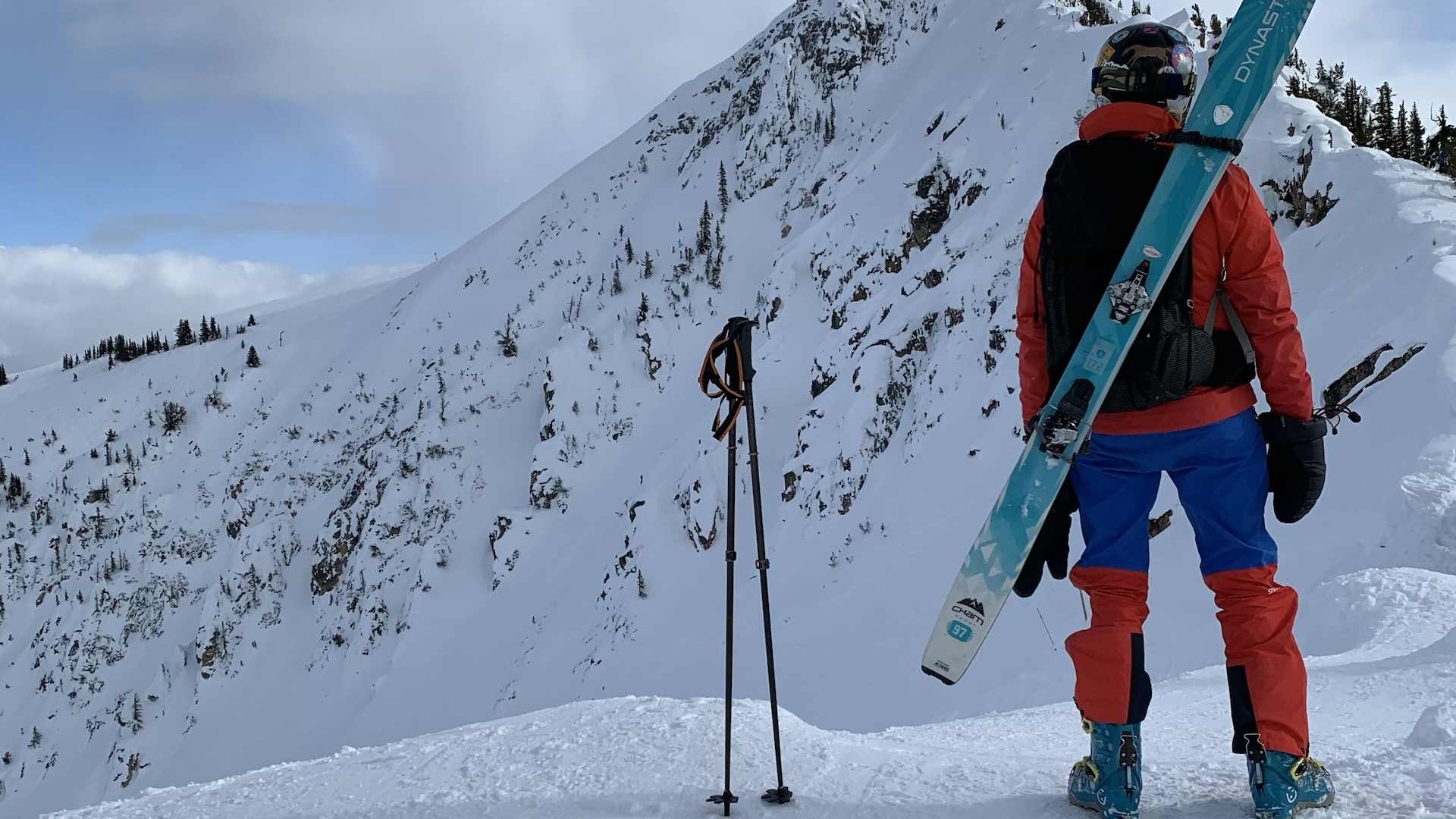
How to bootpack
Walking on snow, rather than skiing, is usually very hard work. The larger surface area of skis – rather like snowshoes – give you the ability to stay on top of deep snow. So, bootpacking is more of a last resort activity when you can’t continue to ski.
Advnture Newsletter
All the latest inspiration, tips and guides to help you plan your next Advnture!
If you are skiing uphill and the terrain has become too steep or icy even for skis fitted with crampons, then this is the time to bootpack.
You can try bootpacking using only your backcountry ski boots but, frequently, it’s better to also utilise ski boot crampons. These crampons, which should be part of your backcountry skiing kit list, are similar to hiking boot crampons but they are designed to fit on the base of ski boots.
The ski boot crampons offer extra traction and this is a sensible idea when bootpacking on steep slopes.

Tips for bootpacking
It’s a good idea to set your boots to walk mode, rather than ski mode, because you will find it easier to take steps in your boots if they are more flexible at the ankle.
Take short and slow steps. You will be far less balanced if you try to make long strides in deep snow. Use ski poles to aid balance and to test how deep the snow is for your next step.
Carry your backcountry skis attached to your ski rucksack rather than try to carry them on your shoulder. It is better to have both hands free to use your poles, which means attaching skis to your pack.
Make sure your skis are securely attached and evenly balanced on your pack and do not prohibit your steps.
An ice axe is another important item of kit if you know you are likely to be bootpacking. You can fold up your poles and add them to your pack, and then use an axe for extra traction.
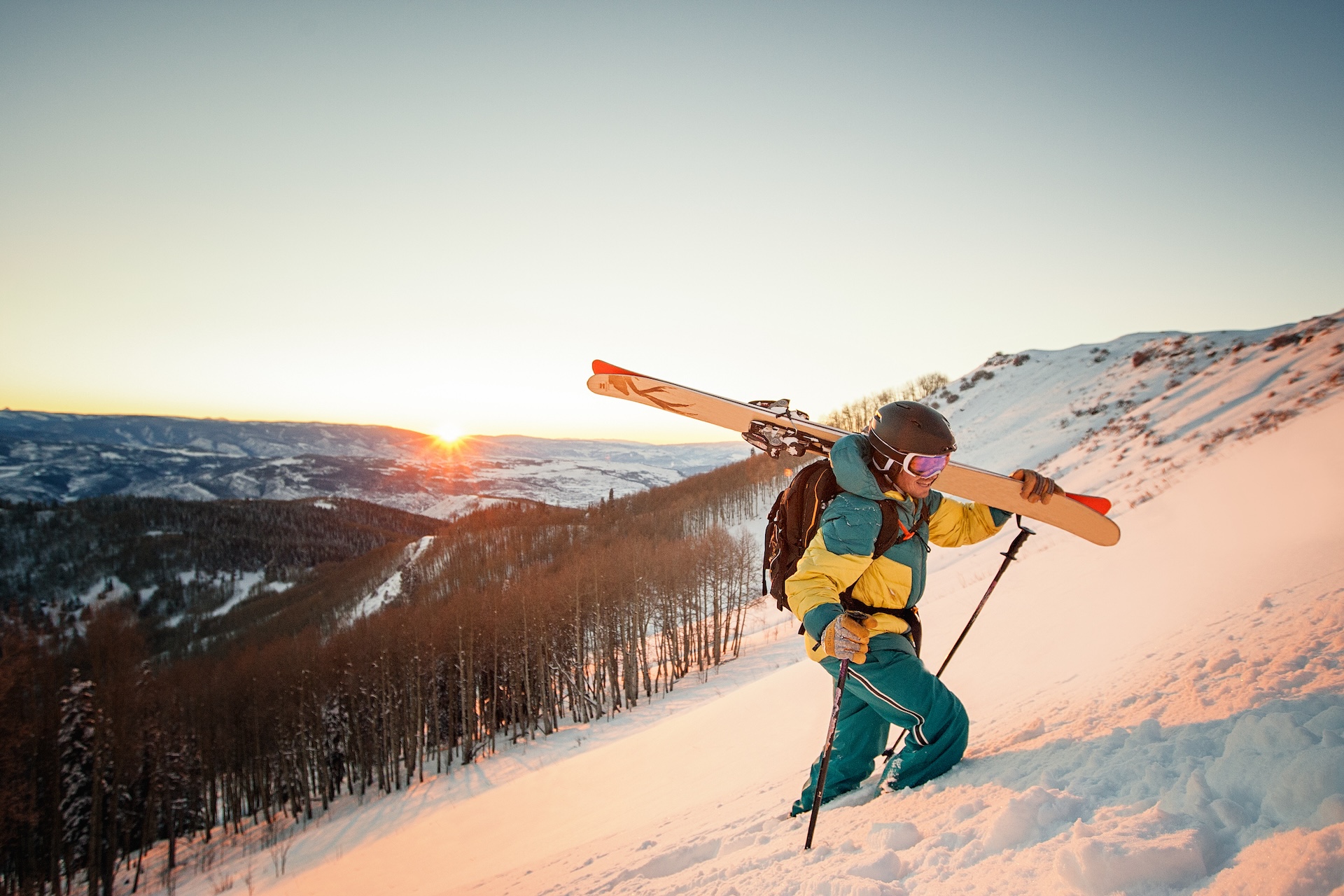
There is another type of bootpacking...
The internationally acclaimed book, The Avalanche Handbook, describes another activity as bootpacking. It states that bootpacking is “stabilization by compaction”.
This is a whole other kind of activity and it is apparently used to stabilise avalanche prone areas.
This form of bootpacking calls for people to walk through avalanche starting zones making a dense pattern of footprints.
This might sounds like a dangerous and somewhat old-fashioned approach to snow management but it can sometimes be the only way to approach potentially unstable areas of winter mountains.
The book points out that skis don’t penetrate deep enough to compact the snow and some avalanche terrain can be too steep for snowcats, so all you have left is snow bombing or, was the French like to call “le boot-pack”.
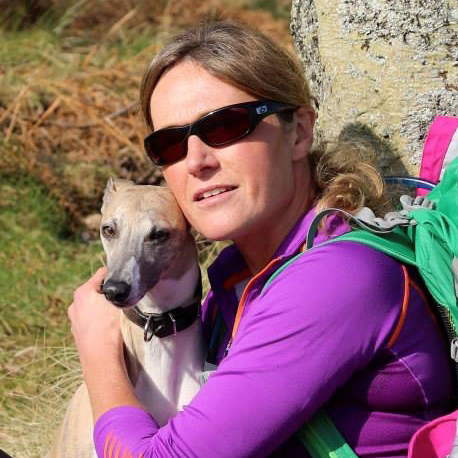
Fiona Russell is a widely published adventure journalist and blogger, better known as Fiona Outdoors. She is based in Scotland and is an all-round outdoors enthusiast with favorite activities including trail running, mountain walking, mountain biking, road cycling, triathlon and skiing (both downhill and backcountry). Aside from her own adventures, Fiona's biggest aim is to inspire others to enjoy getting outside and exploring, especially through her writing. She is also rarely seen without a running skort! Find out more at Fiona Outdoors.
